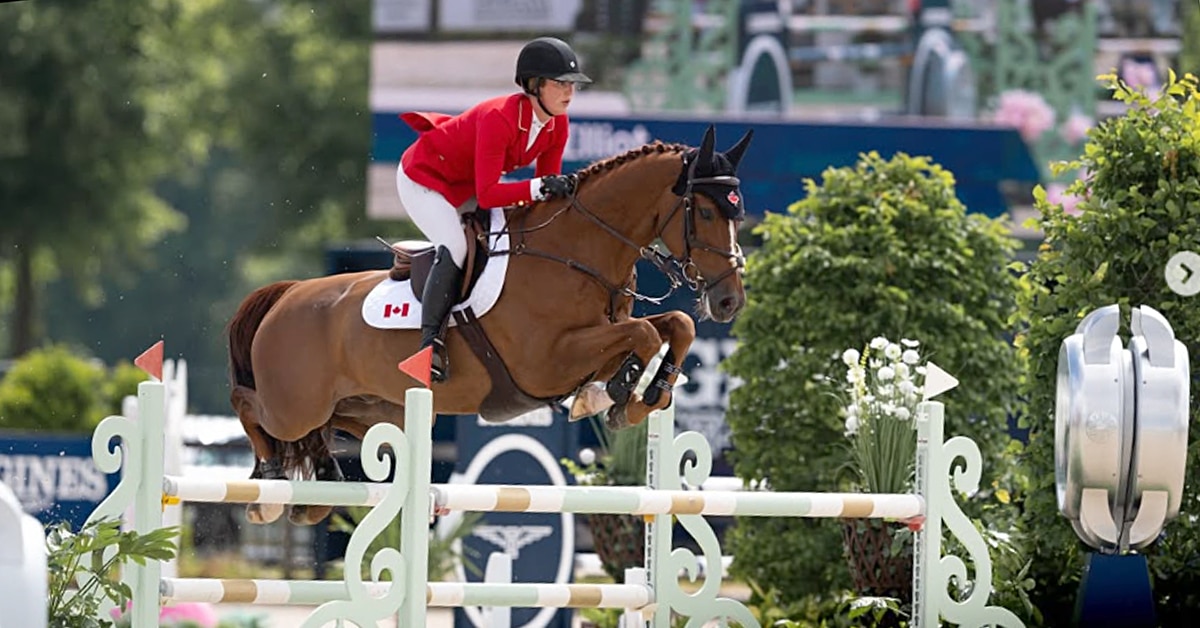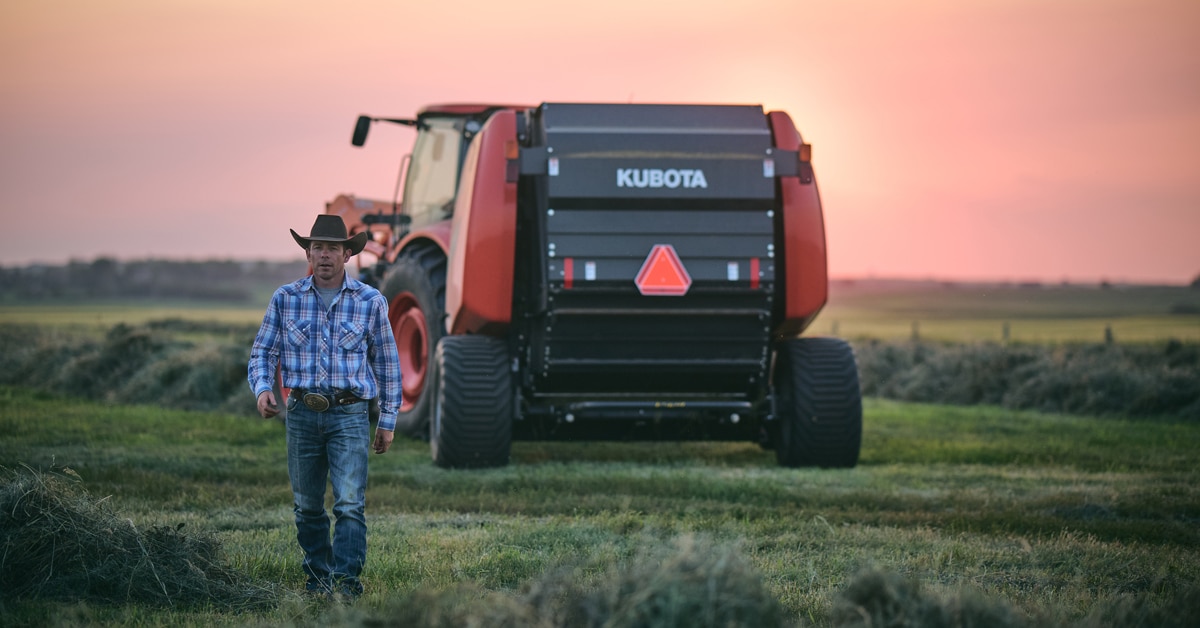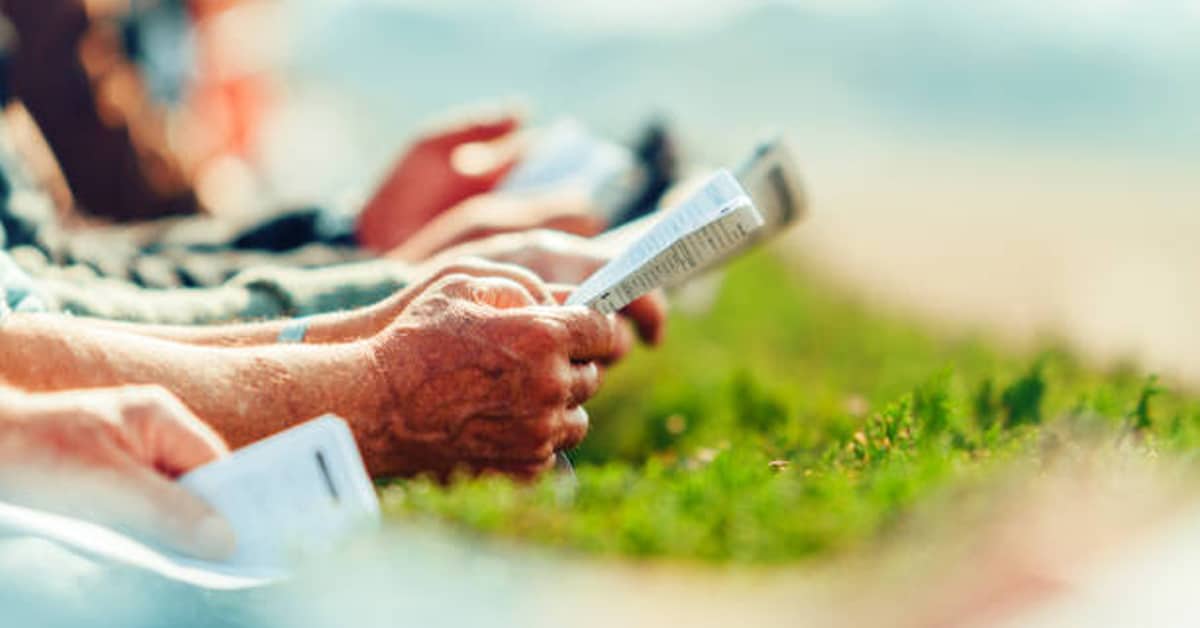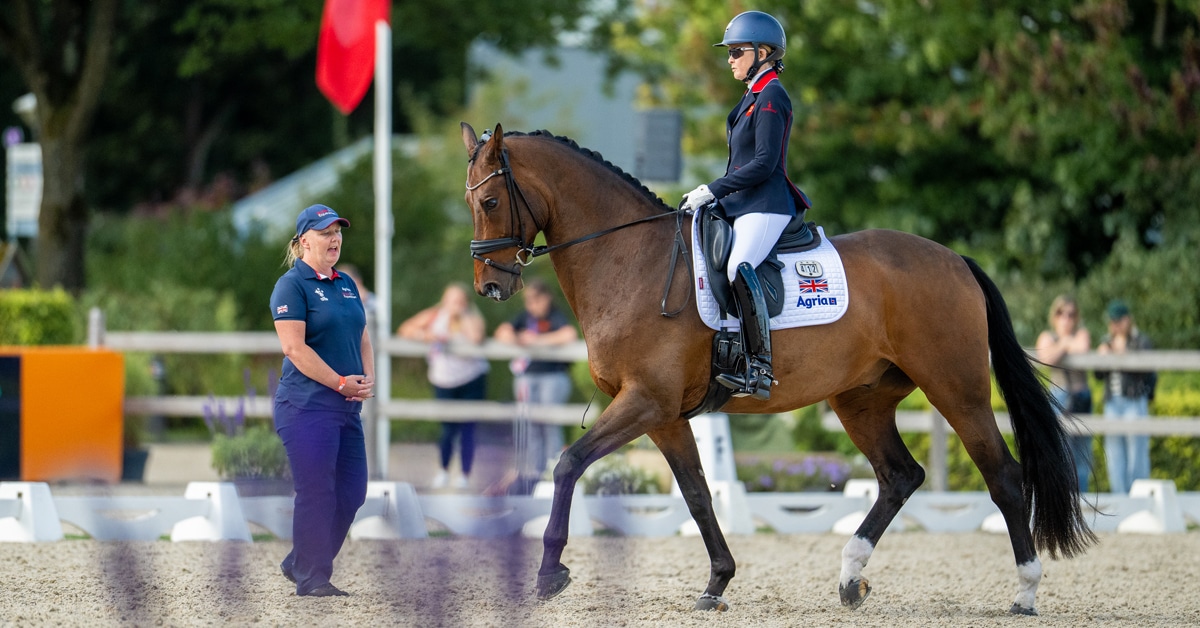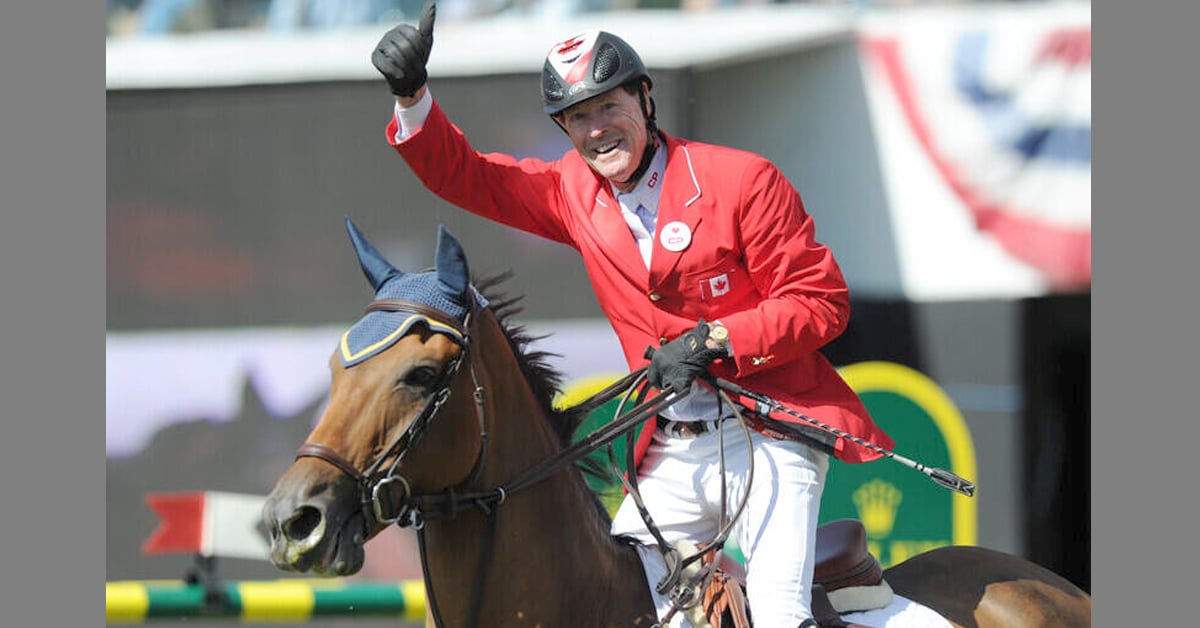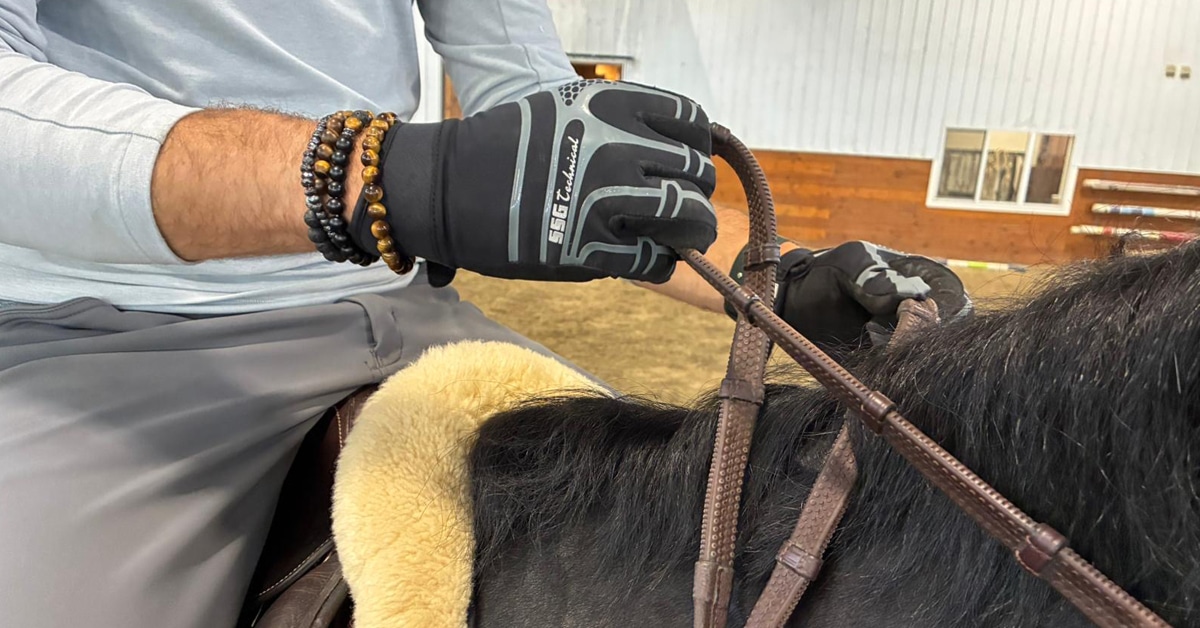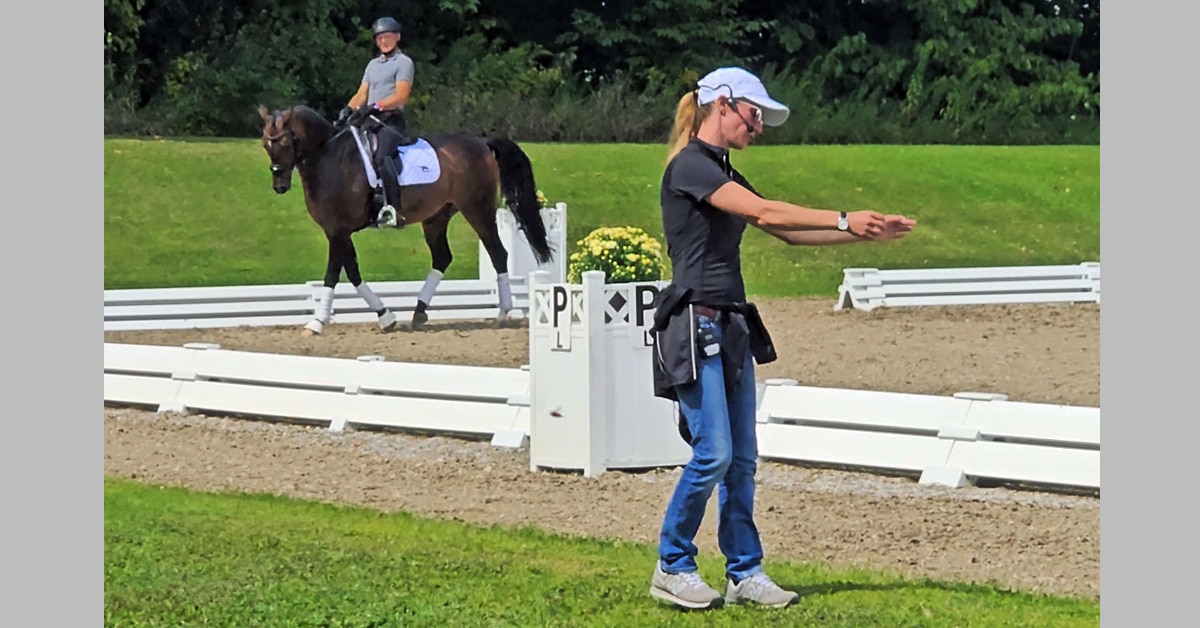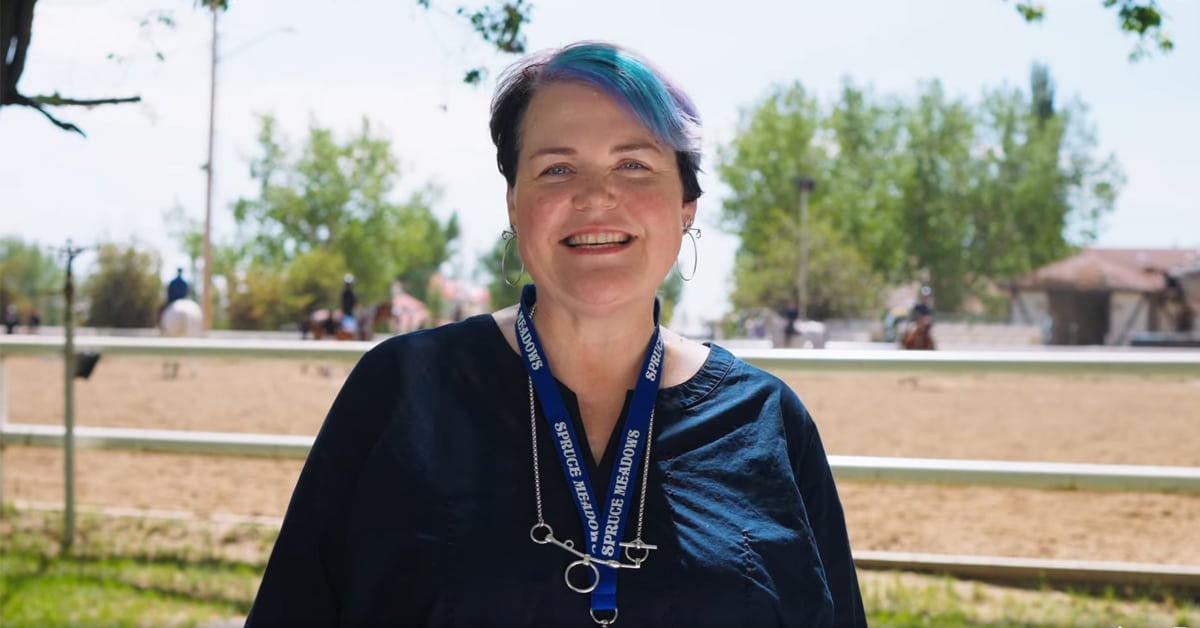As a member of Canada’s national para-dressage team since 2013, Roberta Sheffield is no stranger to international success. The 39-year-old has earned multiple wins at prestigious CPEDI competitions in Europe and represented Canada at the 2016 Paralympics and 2014 and 2018 World Equestrian Games.
We caught up with ‘Bert’ at her home base in England to talk about her new horse, new business venture, and the road to Tokyo 2020.
When did you first start riding?
I started riding when my best friend started having lessons and I tagged along, around the age of four, rather ironically as one of the few able-bodied kids at a fantastic Riding for the Disabled Association facility. My mother bought me my first pony, an unbroken nine-year-old, when I was just six years old myself. He turned into a one-in-a-million pony, beating adults in dressage and being an amazing best friend.
When did you decide to focus on dressage?
I don’t know when I decided that dressage was the thing for me, but I do remember being made to sit and watch the entirety of the World Dressage Championships in 1986 at Cedar Valley, Ontario. That is etched into my psyche.
One of the funny things I remember from that trip ‘home’ to Ontario (I was born in Oxford, in the UK, to my Canadian mother and an English father) was going back to the barn after watching all that elegance and trying to emulate it while riding a wonderful little Arabian cross called Ding, my feet not reaching below the saddle flaps. I rode a centreline to finish and promptly fell off over his shoulder as he stopped and scratched his knee. That was the grand start of my dressage career!
I began my competition career in the UK exhibiting Welsh Cobs – often meeting the one and only Charlotte Dujardin on her fabulous braided riding ponies in the championships at the end of the day. I still have soft spot for the Cobs and our last one is still in the field as nanny to my warmblood babies.
How does having rheumatoid arthritis affect the way you ride and train your horses, and the equipment you use?
Para-dressage is still dressage; it is still about training and performing with your partner. I have to find ways around the limitations and difficulties I face with my body. Horses are amazing in that they will allow themselves to be trained by an obviously weak or sub-optimally functioning human without looking for ways to exploit those weaknesses. As my disability has gotten worse I have had to learn to train more and more through the ‘brain’ and less and less through the ‘brawn.’ In the end, this is more ethical anyway!
I train my horses to be very light on the aids, as strong, heavy contact isn’t an option; my fingers just open and the reins slide through. I have to make the horses interested in what I’m doing with them so they are focused. I’m like the teacher who whispers to get the students’ attention rather than shouting.
I try not to rely on too many adaptations, as I ride several different horses a week, often hopping on client’s horses as well as my own. The most important thing for me is that I ride so much without my stirrups. The destruction to the bones and joints in my feet and legs is to a point where the pressure down into the stirrups is detrimental. My Bliss of London saddles are especially made for me and they give me the right support to be able to withstand hours and hours of no-stirrup work.
Not all the horses I ride are, however, suitable candidates for me to ride without stirrups as I also have balance issues and a fragile spine, so I’m at increased risk of serious spinal injury. I have tried many different designs, but I find the wide footplate of the MDC Stirrups works best and they have the right amount of flex and grip.
Tell us about your new horse, Fairuza.
She’s a 10-year-old Gelderlander cross, and was bred here in the UK. We call her Wonky because she has a crooked, wonky-looking marking on her face. She’s currently training advanced (equivalent to fourth level). We compete in FEI Para Grade III and the UK equivalent to first level. Until a month ago she had never cantered in a dressage test! It sounds bizarre, but as we do walk/trot tests at our grade in para-dressage, it had never occurred to her to do that canter thing between the white boards. (For more about Wonky, see page 82.)
As a member of Team Canada, you work with national team coach Clive Milkins, but also with local coaches since you live and train in the UK. Is that tough?
It’s not. I really enjoy working with Clive; he has helped me a huge amount. There are challenges to being part of such a disparate team, but let’s face it, a rider in BC is as far from a rider in Quebec as I am here in England. Canada is so huge and diverse that distances are an issue that we have grown up with.
Day-to-day I train with Kim Ratcliffe as my personal coach and then also Dr. Gerd Heuschmann when I can. I previously worked for British Dressage team member Gareth Hughes and trained with Arthur Kottas-Heldenberg for 14 years, as well as training in Germany with Ellen Bontje and Conrad Schumacher, so I’ve been fortunate to work with some wonderful people.
You recently launched a new venture called HeartHorse Dressage. What’s that all about?
HeartHorse Dressage is my online dressage mentoring platform for riders wanting an ethical, horse-friendly, German-classical experience. When I was starting out on my crazy dressage journey I didn’t have a mentor. I really wanted someone who understood the road I was trying to walk down, to be interested and to engage with me. Now after coaching riders for years, I decided the time was right to create something that would have been so valuable for me when I was in that earlier stage of my career.
I don’t seek to replace the trainer on the ground, but I can help the rider and trainer to see the forest for the trees and smooth the path of progression. It’s fantastic to be part of the journey for competition riders – both able-bodied and para – as well as those who don’t wish to compete, but want more of a plan and structure to their daily training.
Is qualifying for a team spot in Tokyo on your to-do list?
I have many smaller milestone goals with Wonky, all leading towards the big goal of Tokyo team selection. There is a tick-sheet of things I want her to have experienced and done before she goes to the ‘Big One’ and we are rapidly getting that done. I have been enjoying competing her in some able-bodied dressage and want to take that forward as I think that complements the para sport. It feels like such a long time since I did these other tests; I’m sure it’s good for me and keeps me sharp.
The Latest
